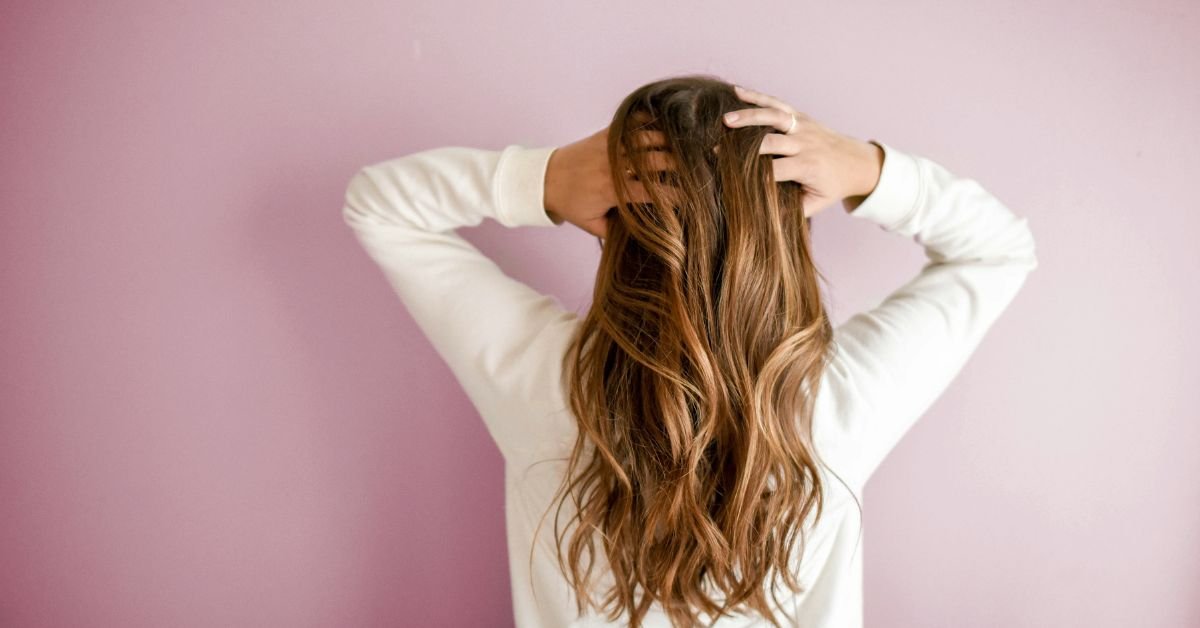The 7 Biggest Hair Care Mistakes You Can Make
Caring for your hair may seem like a simple process of washing, styling, and going about your day. However, there are common mistakes that many people make when it comes to hair care, often without realizing it.
One significant mistake is using the wrong products for your skin type, as the scalp is also considered skin. Additionally, improper hair tying methods can lead to more bad hair days than necessary.
In this article, Kate Ross, a hair and beauty specialist, highlights the seven most common hair care mistakes she encounters and provides practical tips on how to rectify them.
1. Avoid Excessive Hair Washing
While cleanliness is essential, overwashing can be harmful according to Ross. Washing hair too frequently can strip away natural oils vital for maintaining hair health, leading to dryness and breakage. It is recommended to wash your hair 2-3 times a week using a gentle, sulphate-free shampoo and incorporating a hydrating hair mask like Tresemme Nourish Coconut Hydrating Mask with Coconut Oil & Aloe Vera, priced at £6.99.
2. Avoid Excessive Heat Exposure without Protection
Many of us are familiar with this common mistake due to time constraints. According to Ross, using heat styling tools such as blow dryers, curling irons, and straighteners can damage the hair cuticles, leading to split ends and weakness. It is essential to always apply a heat protectant spray or serum before using these tools. When possible, opt for air-drying your hair and embracing natural hairstyles to minimize heat exposure. Consider using Bumble & bumble Hairdresser’s Invisible Oil Heat/UV Protective Hair Primer Leave-In Conditioner as a reliable hair protector. It is available for £21/$16.
3. Avoid Brushing Wet Hair Harshly
When hair is wet, it is more delicate and prone to damage, leading to breakage if brushed aggressively, according to Ross. To ensure thorough brushing without causing harm, opt for a wide-tooth comb or a gentle detangling brush to carefully work through knots, starting from the tips. Additionally, applying a leave-in conditioner can aid in the detangling process. Consider using the Hair Rehab LDN Eco-Friendly Wide Tooth Comb (£5.99), known for its gentle handling of tangles without causing pain.
4. Avoiding Regular Hair Trims
If you have noticed unusually frizzy ends, it may be due to not getting regular hair trims. According to Ross, neglecting haircuts or skipping end trims can result in unhealthy-looking hair by allowing split ends to travel up the hair shaft, leading to more breakage. To prevent this, it is recommended to get a trim every six to eight weeks to eliminate split ends and maintain fresh and healthy-looking hair.
5. Choosing the Incorrect Hair Products for Your Hair Type
Similar to skincare, selecting the right products for your hair type is crucial. Spending excessively on products that are not suitable can be counterproductive. “Using heavy products designed for thick hair on fine hair can lead to flat, weighed-down hair,” Ross explains.
If you have curly hair, focus on products that offer moisture and definition, such as sulphate-free shampoos, leave-in conditioners, and curl creams to maintain well-hydrated, frizz-free curls,” she recommends.
For those with fine hair, opt for lightweight products instead of heavy creams or oils that can drag your hair down. Volumizing shampoos, conditioners, and styling products are ideal for adding lift without causing buildup,” she advises.
Individuals with oily hair should use clarifying shampoos to manage excess oil and maintain a clean scalp. Avoid heavy conditioners and prioritize lightweight, oil-free formulas to keep the hair fresh and grease-free,” she suggests.
6. Avoid Tight Hairstyles for Healthier Hair
While tight hairstyles may look stylish, they can actually harm your hair. According to Ross, wearing super tight ponytails or buns regularly can lead to breakage, hair thinning, and damage to your hairline, known as traction alopecia. The constant pulling weakens the hair follicles and can cause long-term damage if not addressed.
Instead, opt for looser hairstyles to give your hair and scalp a break. Ross recommends trying gentle updos like low ponytails, braids, or loose buns to reduce tension. It’s also beneficial to let your hair down often to allow your scalp to breathe and alleviate pressure on the follicles. Additionally, use soft silk hair ties like scrunchies or coil bands that are gentle on the hair. To prevent stress on the same areas, vary your hairstyles frequently.
7. Overlooking the Importance of Scalp Health
“A crucial aspect of maintaining healthy hair is ensuring the health of the scalp. Neglecting scalp issues can result in common problems like dandruff, irritation, and stunted hair growth,” she advises. “Maintain scalp cleanliness and exfoliation by using shampoos containing ingredients such as tea tree oil or salicylic acid for dandruff or product buildup. Additionally, regular scalp massages can enhance circulation and promote healthy hair growth.”
The Salicylic Acid Exfoliating Scalp Treatment from The Inkey List is an effective solution for addressing itchiness and dandruff, priced at £15 or $16. It aids in maintaining scalp health and overall hair well-being.
Key Points to Remember
Have you ever considered how certain habits could be harming your hair without realizing it? Instead of answering that, consider following expert advice and implementing small changes to improve your hair health.
For instance, if you regularly use styling tools, prioritize using a quality heat protectant. If you frequently tie your hair up, be cautious about how tightly you secure it. And if you tend to forget scheduling haircuts, make an appointment before leaving the salon to ensure your hair stays in top condition.



